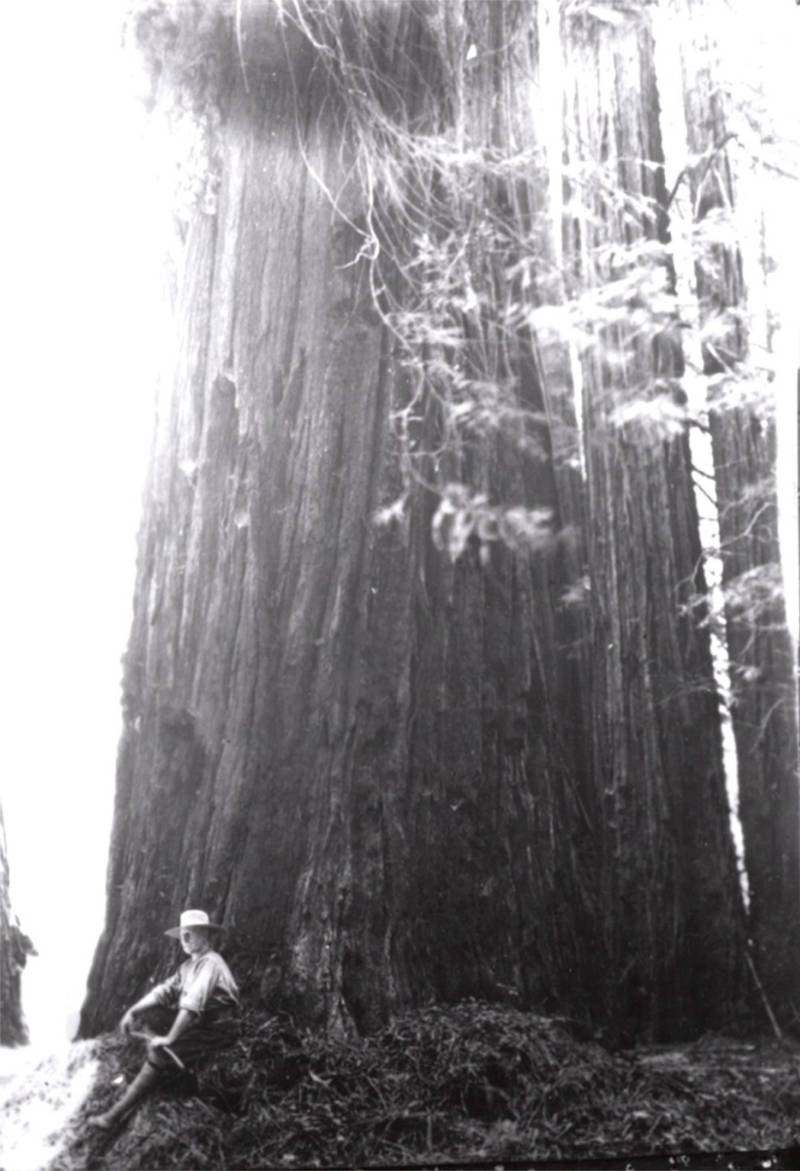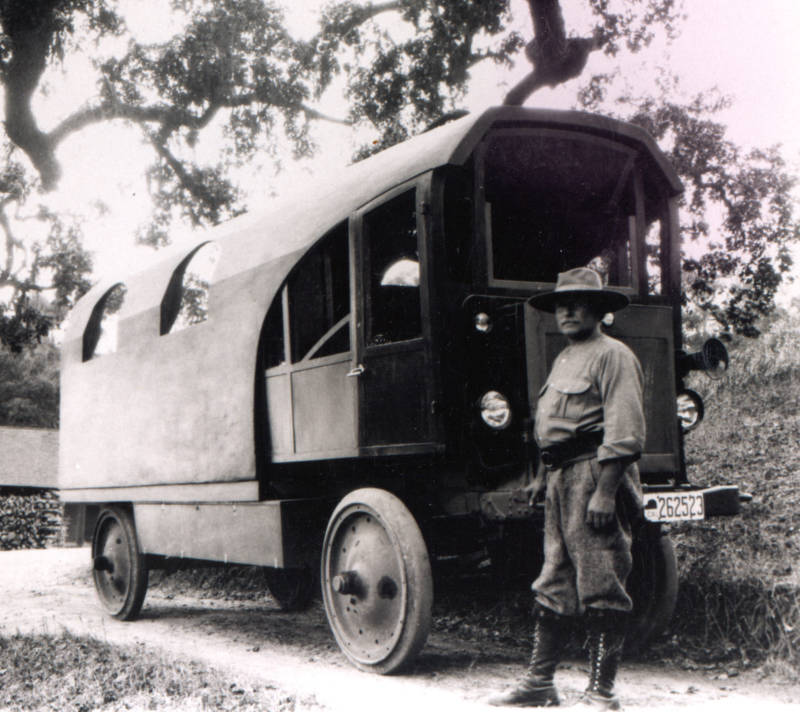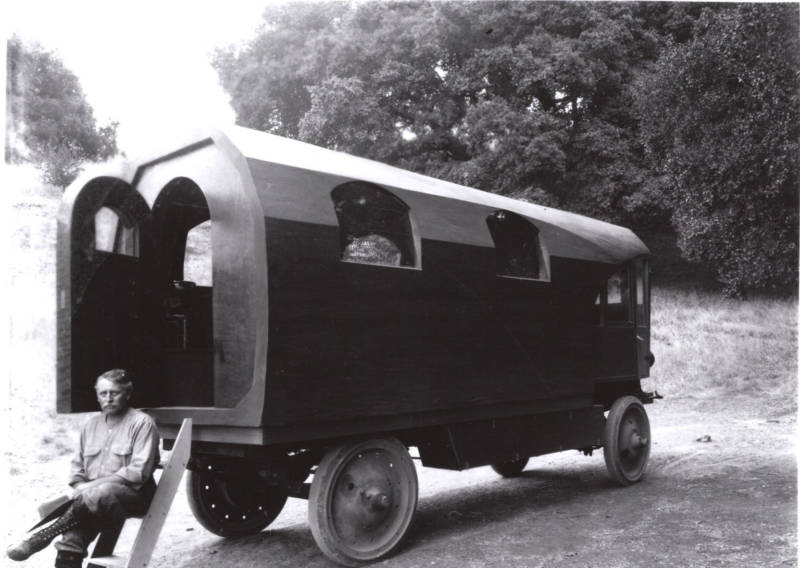Charles Kellogg is remembered as a naturalist, a man who spent his life fighting to protect California’s forests in the late 19th and early 20th centuries. But Kellogg’s first claim has to do with his throat, not his activism. It was said that the man came into this world with the vocal chords of a bird.

Kellogg was born in Susanville, a small town on the eastern edge of California. It was 1868 and old-growth trees around him were being logged to build towns and cities across the state. Kellogg would later tour the country to raise awareness about the destruction of these beautiful trees. First though, he toured vaudeville stages.
Back in the late 19th century, whistling bird songs was a big thing. Performers would imitate birds, or whistle bird songs to music. Kellogg claimed that he had a singular gift as a performer. Unlike others, Kellogg said he did not whistle with his lips, but made the songs with his throat, just like a bird. He opened his mouth and presto! Out came the mellifluous chirpings and songs of our ornithological friends.
Now most of us humans have larynges. Kellogg, on the other hand, said he possessed the larynx of a bird, a “syrinx.” Needless to say, your friends at The World According to Sound find this anatomical claim dubious. But back in the day it was a big hit. Kellogg traveled around the world singing his canti d’uccelli in vaudeville shows. The Western world couldn’t get enough of it.
Kellogg rose to pop star fame on account of his bird throat, but he is remembered for his conservationism. Always a lover of trees, Kellogg was particularly enamored of that majestic northern Californian evergreen, sequoia sempervirens, the giant redwood. The love ran so deep he built an RV out of the trunk of a fallen redwood. In it he traveled across the country -- four times! -- trumpeting the virtues of the sequoia to Americans totally ignorant of the giant tree. This must have taken forever, too. His RV topped out at 18 mph. Good Lord.

Kellogg’s so-called Travel Log is a thing of beauty, and arguably the first modern-day mobile home in America. Add that to Kellogg’s quirky list of accomplishments. You can check out Kellogg’s old RV in person at Humboldt Redwoods State Park. As for this sound, we have it thanks to the Library of Congress, which preserves this bird music along with countless other audio wonders in its extensive sound collection.
